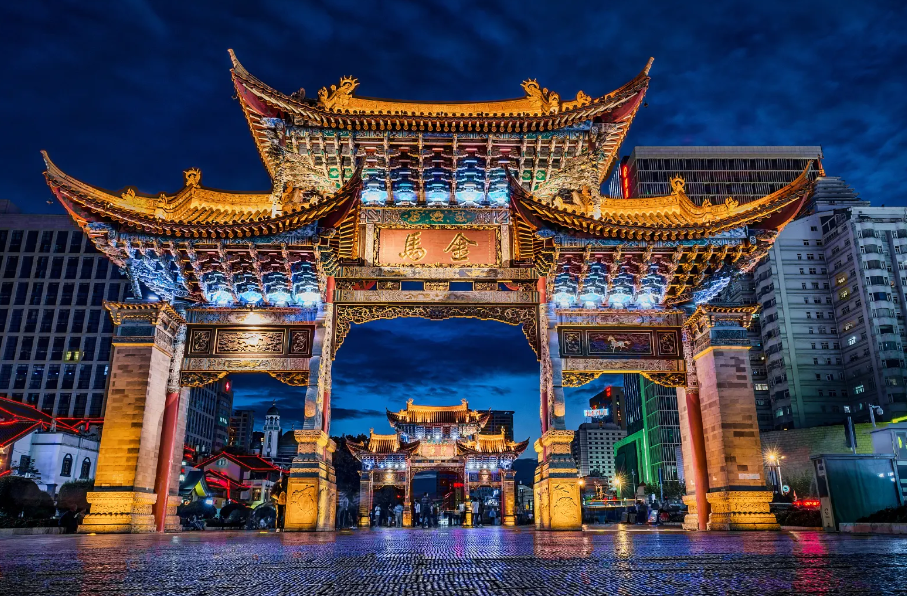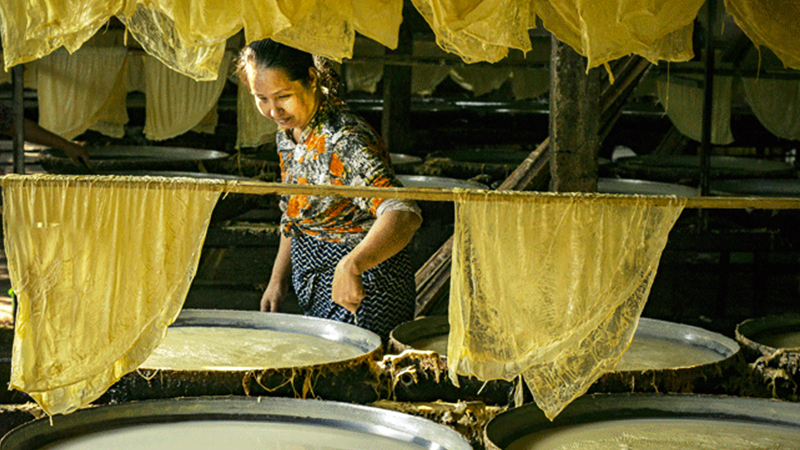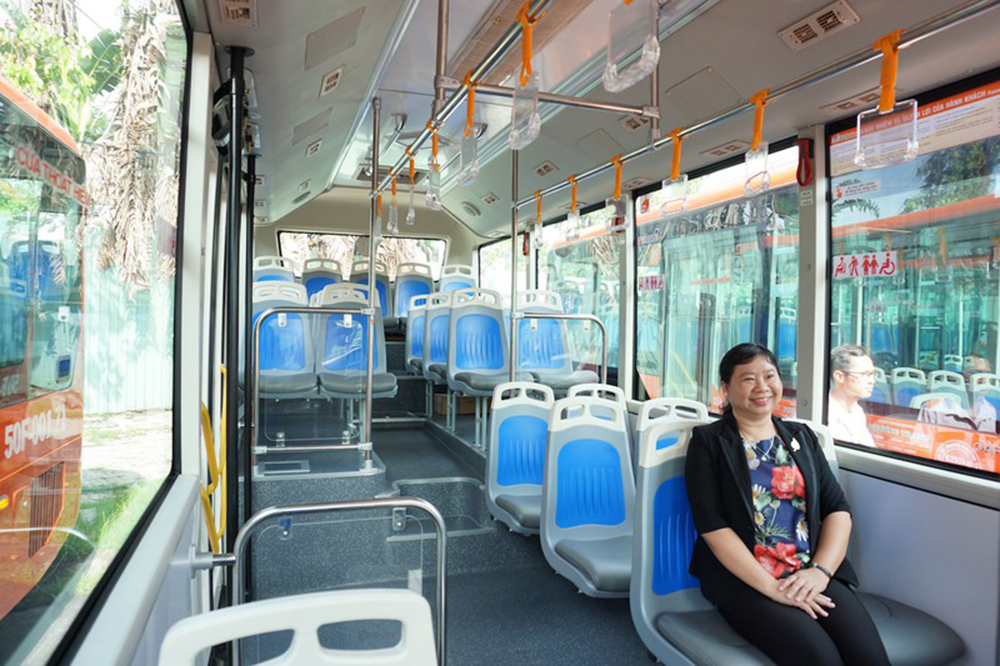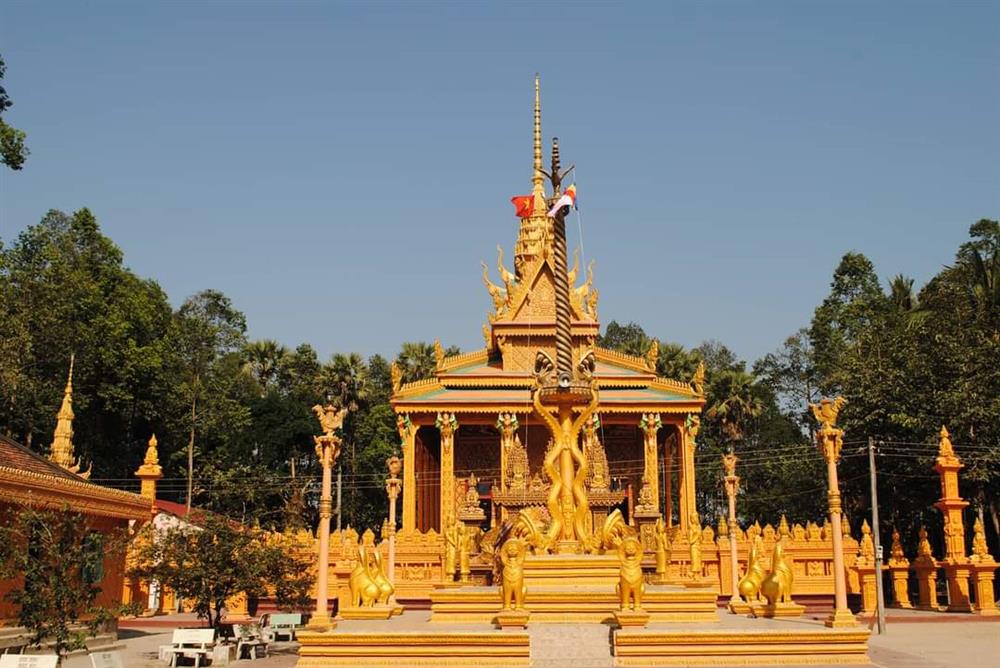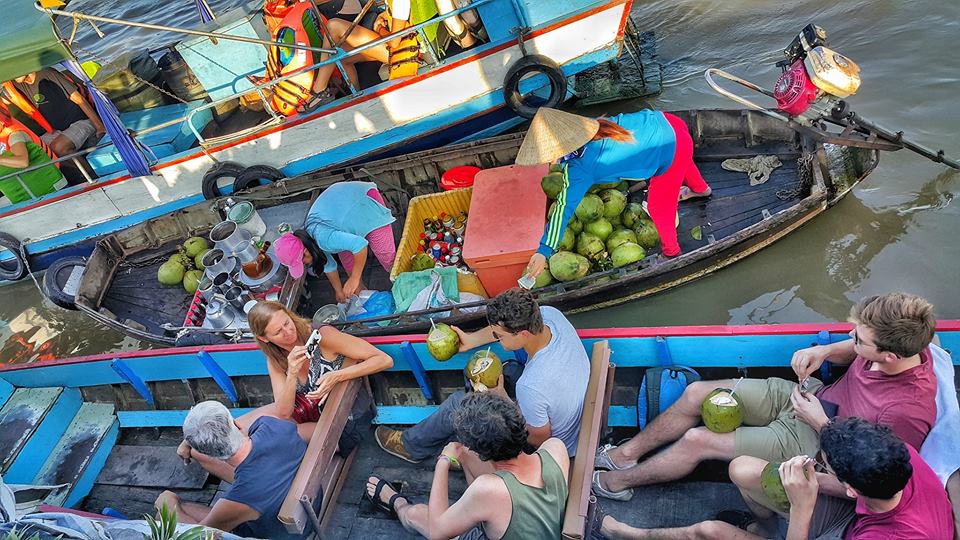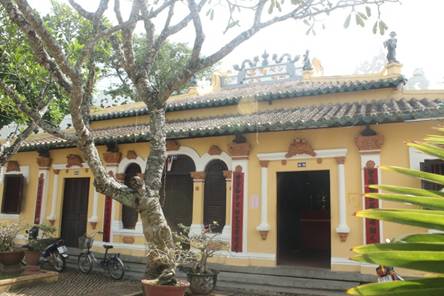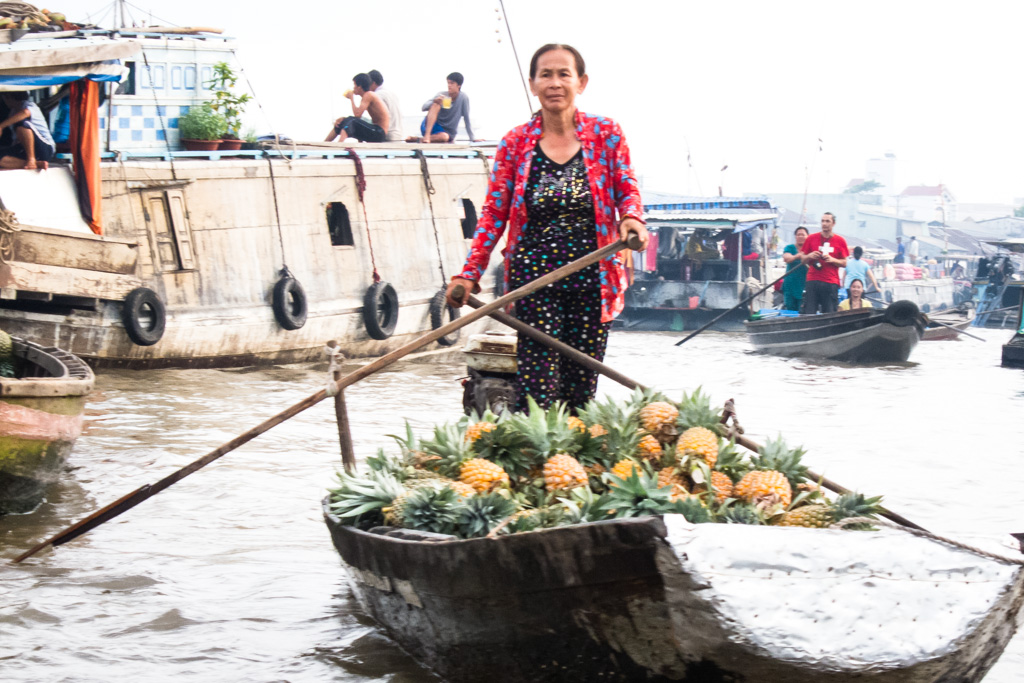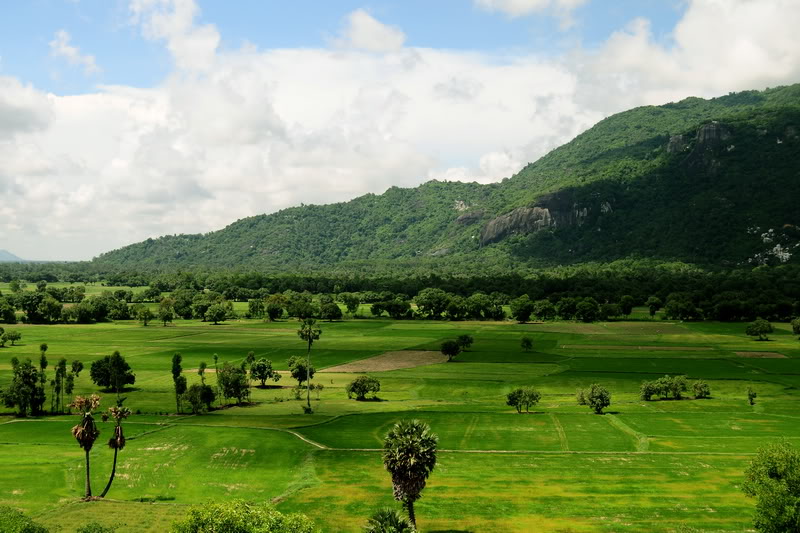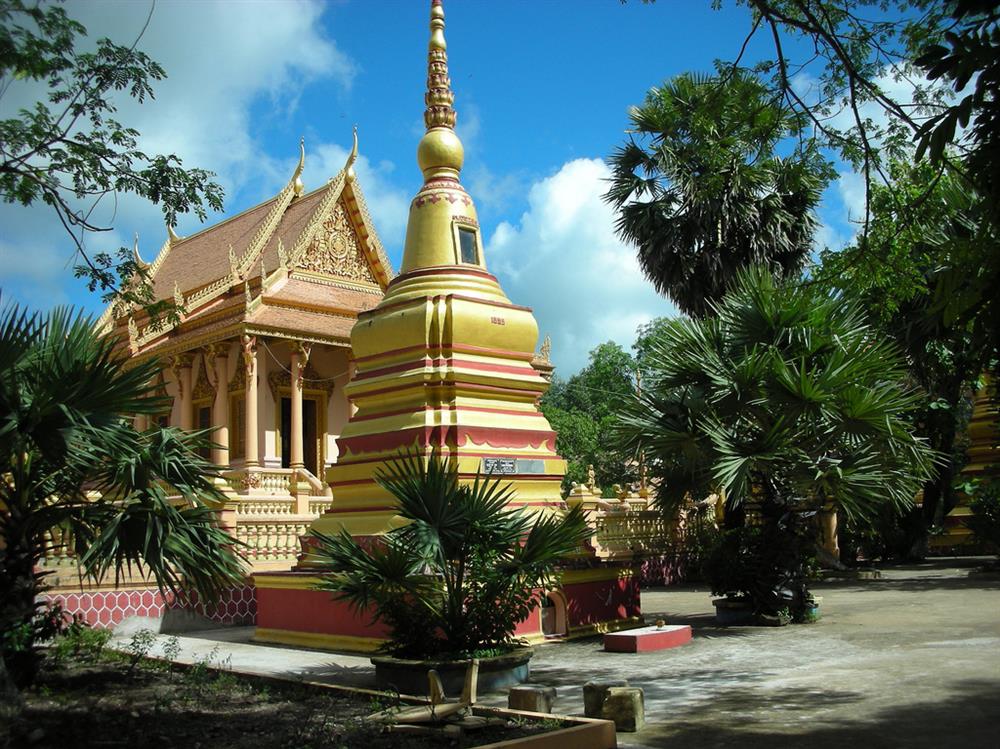1. BAN GIOC WATERFALL
Located on the border between China and Vietnam, Ban Gioc is the fourth largest waterfall in the world. Measuring 300 meters wide, the falls are absolutely breathtaking in size. The vast area and range of different falls and pools within the park is captivating. Set in a striking valley and surrounded by lush jungle, Ban Gioc feels like a paradise of its own.
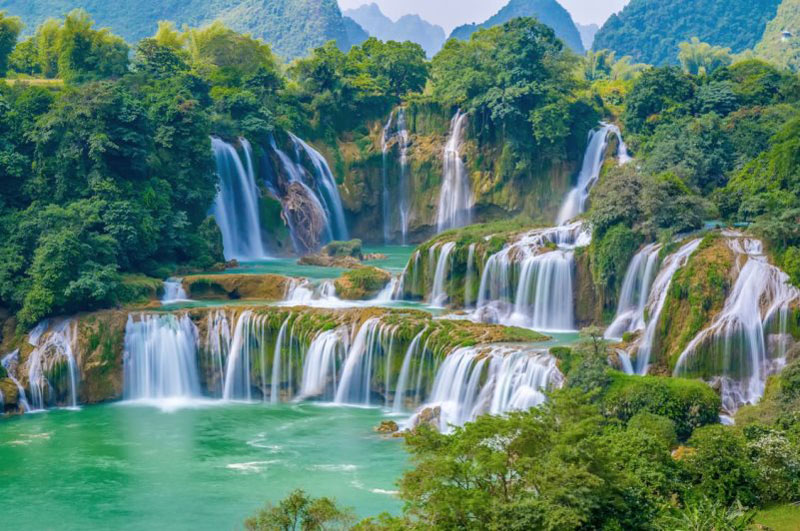
2. TRUC LAM PHAT TICH PAGODA
A short but steep walk brings you to this traditional Vietnamese-style temple. The design of Truc Lam pagoda fits perfectly into the hillside. As you climb higher to the main temple area, a valley filled with karsts unfolds below. A stunning spot not far from Ban Gioc Waterfalls, Truc Lam Pagoda can easily be visited in the same day.
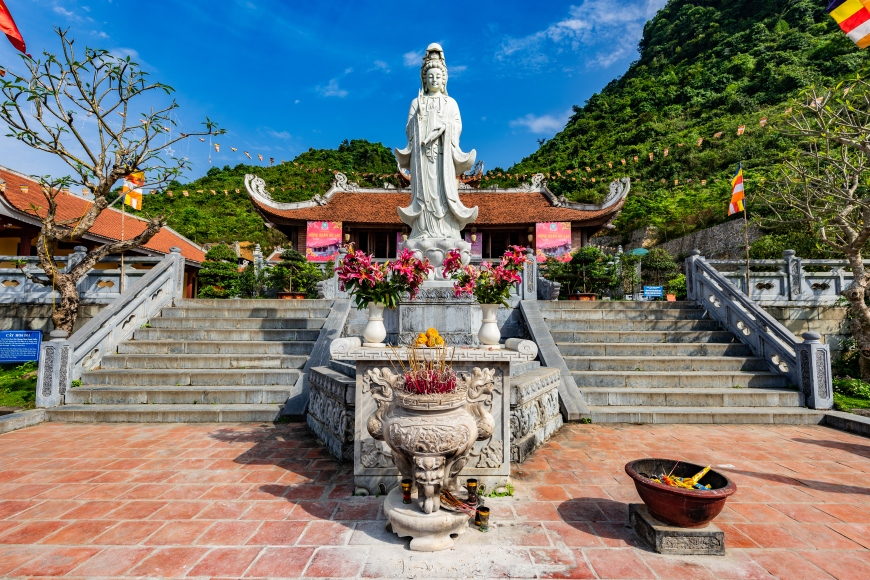
3. NGUOM NGAO CAVE
The Nguom Ngao cave system has some of the most unique stalactite formations in Southeast Asia. As you step foot into the cave, the formations change with each new cavern. The entire cave system is 2,144 meters long, but local authorities have only opened 948 meters to visitors to preserve its natural beauty.
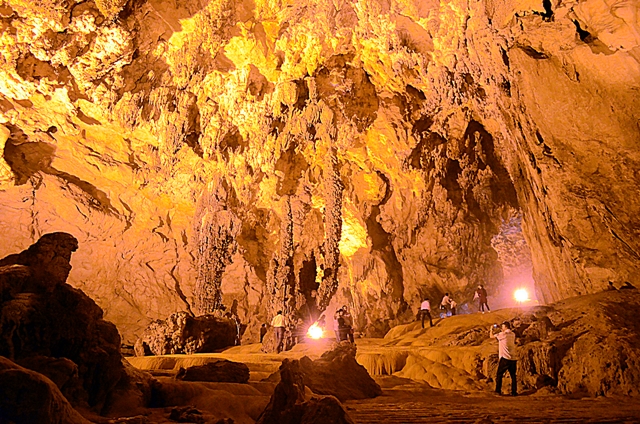
4. THANG HEN LAKE SYSTEM
The Thang Hen Lakes are made up of 36 miniature lakes that are all connected through caves and underground passageways. In the rainy season, water levels rise to form a single lake, which meanders through a valley of karst peaks for over 300 kilometres. While the lake is picturesque, it’s the rock formations and scenes of daily life that make Thang Hen worth visiting.

5. ETHNIC MINORITY GROUPS
Bang Province has over nine ethnic groups, which have lived in these valleys for centuries. The Tay, Nung, Dao, and H’mong are some of the most well-known, and each minority has its own special crafts and way of living. To experience ethnic culture, visit a minority craft village with one of the local guides, or book an ethnic homestay during your trip.
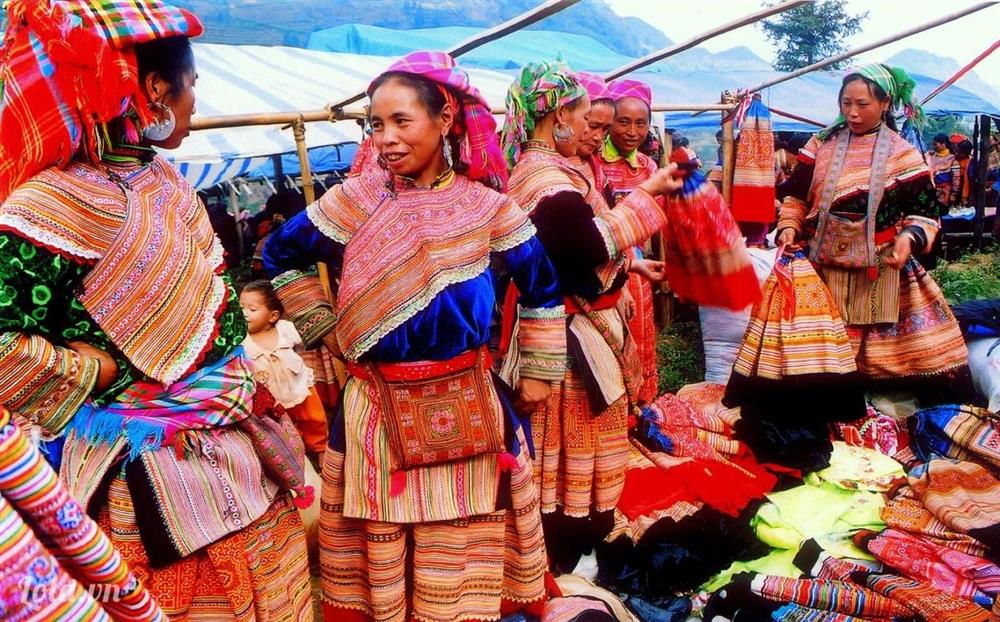
6. CAO BANG CITY
Anchored around the Sông Bằng River, Cao Bằng City has grown into a bustling centre of development. With a small but contemporary selection of hotels, shops, and restaurants, it’s the perfect base for exploring the rest of the province. You’ll find many northern specialities to try in town, such as Phở Chua (sour noodle soup) and Bánh Cuốn (steamed rice rolls). Cao Bang City also has several festivals which are unique to the region.
7. PAC PO HISTORICAL COMPLEX
Pac Po Historical Complex is a memorial and museum founded on the site where Ho Chi Minh began his revolution. Here you can take a look at the cave where Ho Chi Minh lived in hiding, and the river where he fished and wrote poetry. This tasteful tribute to the life and work of Ho Chi Minh is an important pilgrimage spot for the Vietnamese.

CAO BANG TRAVEL TIPS
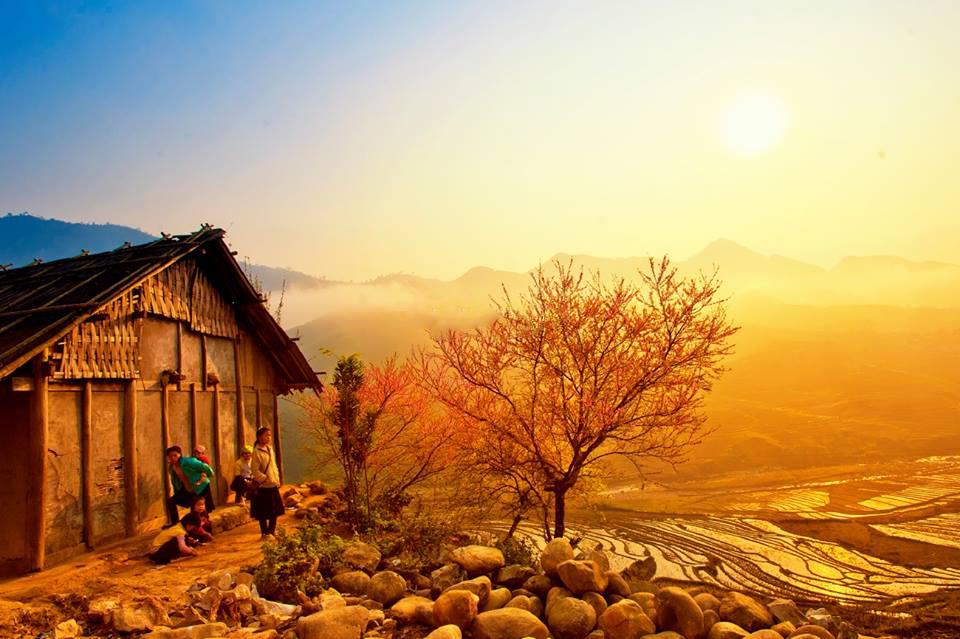
Transport To Cao Bang
The distance from Hanoi to Cao Bang City is around 280 kilometres. Travel time can be around eight hours depending on type of transportation. Day and overnight buses are available from Hanoi to Cao Bang. Buses leave from the My Dinh Bus Station. Private charter and group tours to Cao Bang are also available. Local and online travel agencies can help you book your trip.
When To Visit Cao Bang
The best time to visit Cao Bang is during the dry season, from October to April. It’s worth noting that North Vietnam can get quite cold during the winter months, from November to February, so pack accordingly. Rainy season — from May to September in North Vietnam — can be beautiful, just be prepared for hot and humid weather.
Nguồn: Vietnam.travel








